In recent years, digital dentistry has revolutionized the way dental procedures are carried out. From 3D imaging and intraoral scanners to CAD/CAM technology for restorations, digital tools are offering higher precision, faster results, and more patient-friendly experiences. But is digital dentistry suitable for everyone? Are there situations where traditional methods are still preferred? In this article, we’ll explore the benefits of digital dentistry, clarify common misconceptions, and discuss whether it’s the right choice for every patient.
What is Digital Dentistry?
Digital dentistry refers to the use of digital technology in dental procedures and treatments. This includes tools like intraoral scanners, 3D printers, CAD/CAM systems, digital radiography, and laser dentistry, all of which enhance precision and efficiency in diagnosis, treatment planning, and restoration creation. With these tools, dental professionals can provide more accurate, personalized care and streamline treatment timelines.
Is Digital Dentistry Right for Everyone?
1. Precision and Customization
Benefits:
- Digital tools provide unmatched precision, especially when creating dental restorations, aligners, and implants. For example, intraoral scanners allow for highly accurate impressions without the discomfort of traditional molds. This is ideal for patients who need custom crowns, bridges, or veneers that fit perfectly.
When It Works Best:
- Digital dentistry is ideal for patients who require custom restorations, such as crowns, bridges, or implants. With digital impressions and 3D modeling, these can be produced with greater precision, ensuring better fit, comfort, and aesthetics.
Is It Always Suitable?
- Not all cases benefit equally from digital tools. For complex restorations or treatments that involve unusual anatomical structures, digital technology may not yet be as effective or may require a combination of traditional and digital approaches.
2. Time Efficiency
Benefits:
- One of the primary advantages of digital dentistry is speed. For example, CAD/CAM technology allows a dental crown to be designed and fabricated in a single appointment, often in under an hour. Similarly, digital impressions eliminate the need for multiple visits and long waiting periods.
When It Works Best:
- Digital dentistry is ideal for patients who want same-day treatments or have time constraints. Whether it’s creating a crown, filling, or orthodontic appliance, digital tools speed up procedures, minimizing the number of visits needed.
Is It Always Suitable?
- Digital processes may not always be faster or more efficient for every dental issue. In cases that require detailed manual work or involve more complicated conditions, traditional methods may still offer a better timeline.
3. Comfort and Patient Experience
Benefits:
- Traditional impressions can be uncomfortable, especially for those with sensitive gag reflexes. Digital impressions, on the other hand, are non-invasive, comfortable, and quick, improving the overall patient experience.
When It Works Best:
- Patients who experience anxiety or discomfort with traditional procedures (e.g., impressions) can greatly benefit from digital tools that reduce discomfort. Children, elderly patients, and those with dental phobia may also find the process much more comfortable.
Is It Always Suitable?
- While digital impressions are more comfortable for most, some patients with severe oral conditions, such as extensive gum disease or severe malocclusion, may still experience difficulties with digital scanning. In these cases, more traditional methods may be necessary.
4. Cost Considerations
Benefits:
- Digital dentistry can save money in the long run by reducing the need for repeated appointments, labor-intensive procedures, and manual labor. The precision of digital tools also reduces the need for corrections or remakes of restorations, leading to cost-effective treatments in many cases.
When It Works Best:
- Digital technology can be especially cost-effective for practices that perform high volumes of restorative treatments. Same-day crowns, veneers, and orthodontic aligners reduce patient wait times and increase overall efficiency, saving both time and money.
Is It Always Suitable?
- Initial investment costs for digital equipment (such as intraoral scanners or CAD/CAM systems) can be high, making it less accessible for some dental practices. Patients without dental insurance or those who don’t require complex restorations may find digital treatments more expensive than traditional options.
5. Accuracy and Reliability
Benefits:
- Digital impressions and 3D imaging provide far greater accuracy compared to traditional methods, reducing the chances of errors in diagnosis, treatment planning, and restoration fitting. Laser scanning can create precise maps of the teeth and gums, aiding in procedures such as implant placement.
When It Works Best:
- For patients undergoing implants, orthodontic treatments, or restorations, the precision of digital technology helps create a perfect fit, leading to better outcomes and fewer adjustments.
Is It Always Suitable?
- Despite its accuracy, digital technology is not always a catch-all solution. Certain complex or multifaceted conditions might still require traditional manual techniques, particularly in cases where fine-tuning or tactile adjustments are necessary.
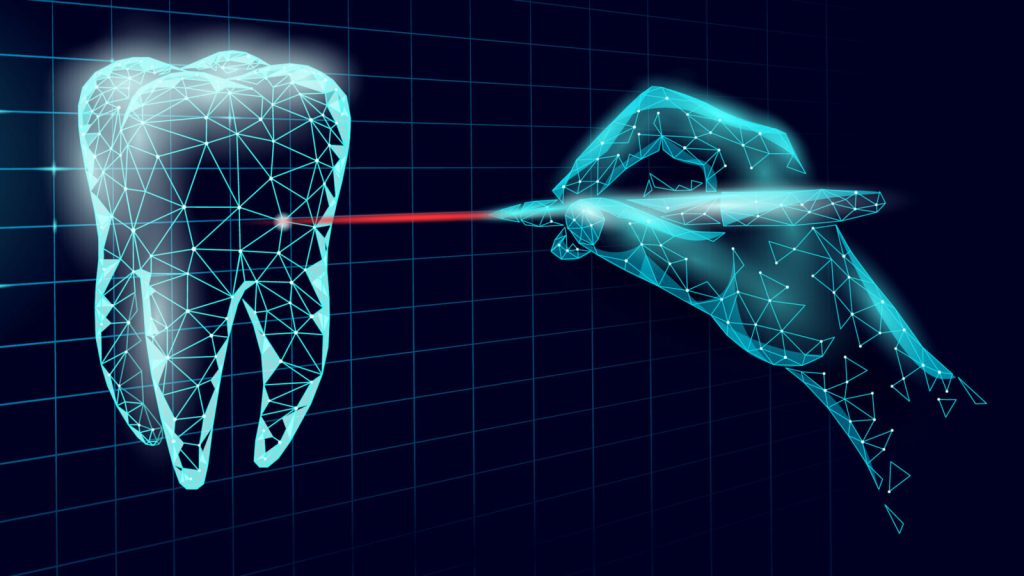
Common Misconceptions About Digital Dentistry
1. “Digital Dentistry is Only for High-Tech Clinics”
Many patients assume that digital dentistry is only available at specialized, high-tech dental clinics. While it’s true that some practices are better equipped than others, digital tools are increasingly becoming accessible in mainstream dental offices. Many general practitioners now have access to intraoral scanners, CAD/CAM systems, and digital X-rays, making these advanced services available to a wide range of patients.
2. “Digital Impressions Are Not as Reliable as Traditional Molds”
There’s a misconception that digital impressions are less accurate than traditional molds. In reality, intraoral scanners offer high levels of precision and are often more reliable than traditional impressions. Digital impressions are less affected by factors like temperature, humidity, or patient movement, which can sometimes distort traditional impressions. Additionally, the digital data can be reviewed immediately, allowing for any corrections before treatment begins.
3. “Digital Dentistry is Just for Cosmetic Procedures”
Some people believe that digital dentistry is only suitable for cosmetic treatments like veneers or teeth whitening. In fact, digital technology has wide-ranging applications for both restorative and functional dental care. Implants, crowns, bridges, and root canal treatments can also benefit from digital technology, improving precision, reducing recovery time, and ensuring better overall outcomes.
4. “Digital Dentistry is Too Expensive”
While digital dentistry tools may require significant upfront investment, many patients find that these technologies save money in the long run. Faster treatment times, fewer errors, fewer return visits, and better outcomes all contribute to a cost-effective experience for patients. Moreover, as digital technology becomes more widespread, prices for these services are expected to decrease over time.
5. “Digital Dentists Don’t Need to Be Skilled”
Some patients think that the use of digital tools means that dental professionals no longer need to be skilled or hands-on. This couldn’t be further from the truth. Digital tools may assist in the process, but dentists still need to be highly trained to interpret digital scans, make informed treatment decisions, and perform procedures correctly. Technology is only as effective as the skill of the person using it.
Conclusion: Is Digital Dentistry Right for You?
While digital dentistry offers a wealth of benefits—precision, comfort, speed, and efficiency—it’s not a one-size-fits-all solution. Digital tools can enhance the quality of care, but they may not be the ideal choice for every dental issue or every patient.
For most patients, especially those seeking custom restorations, orthodontic treatments, or implant placements, digital dentistry is a highly effective and patient-friendly option. However, for certain complex or unusual cases, traditional techniques may still have their place.
It’s essential to consult your dentist about your treatment options, preferences, and the suitability of digital dentistry for your specific needs. As technology continues to evolve, digital dentistry will likely play an increasingly important role in shaping the future of dental care—ensuring better outcomes, faster treatments, and improved patient experiences across the board.


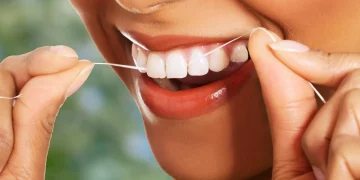






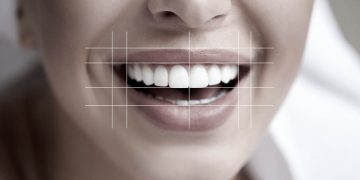





















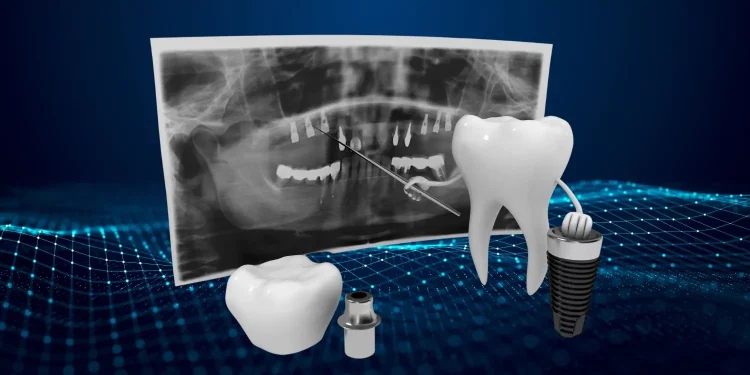












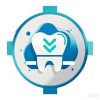
Discussion about this post